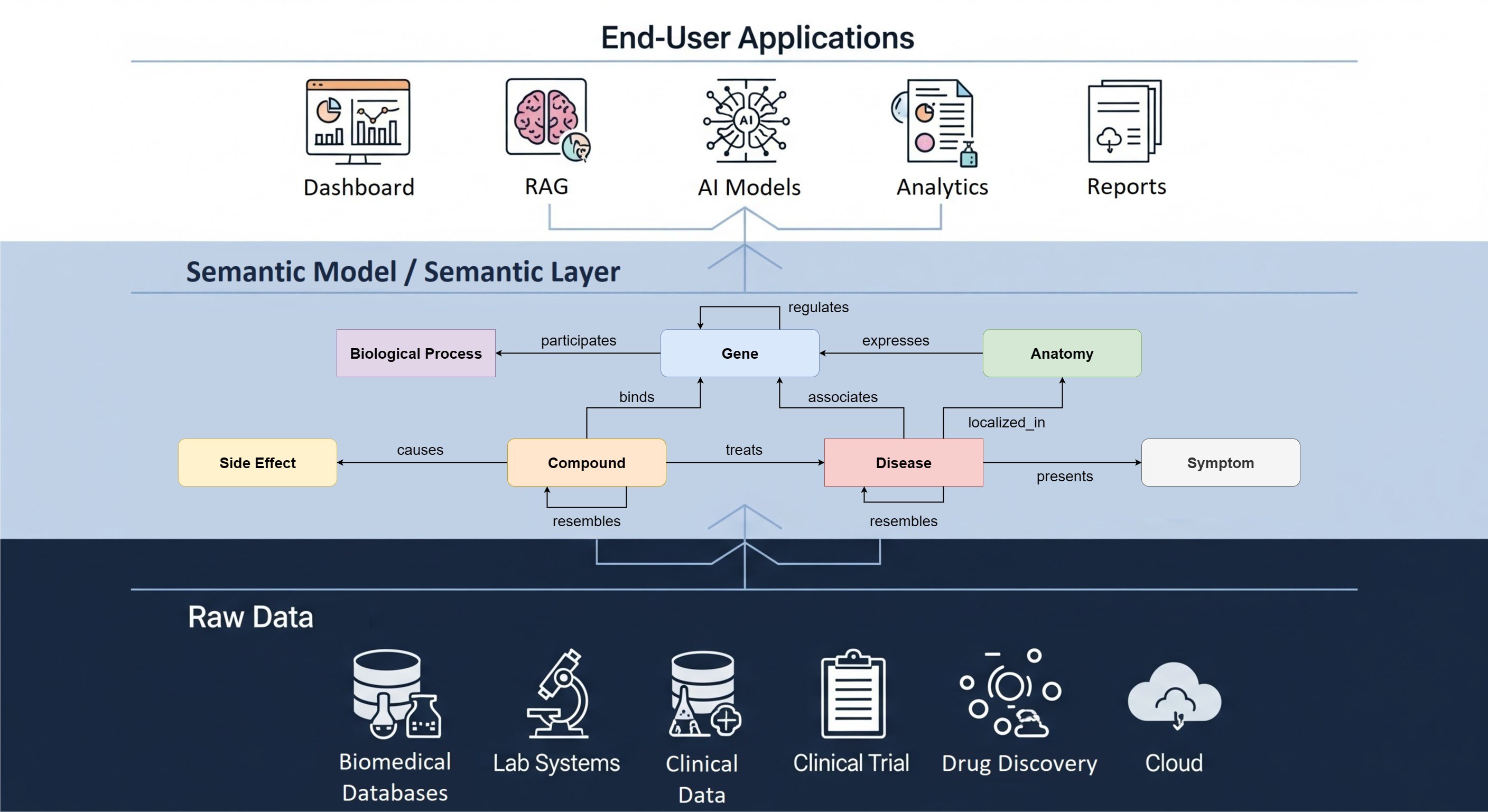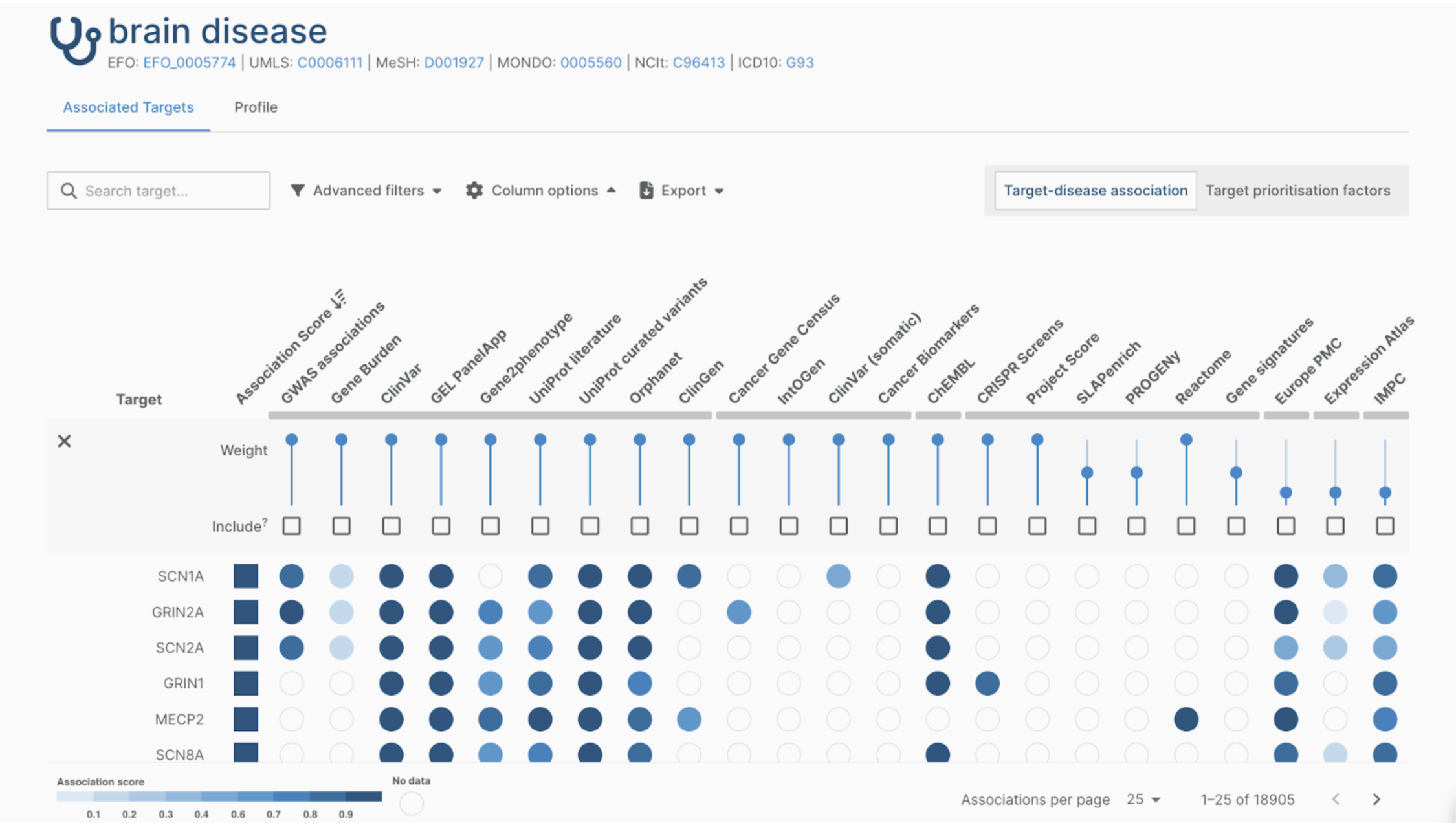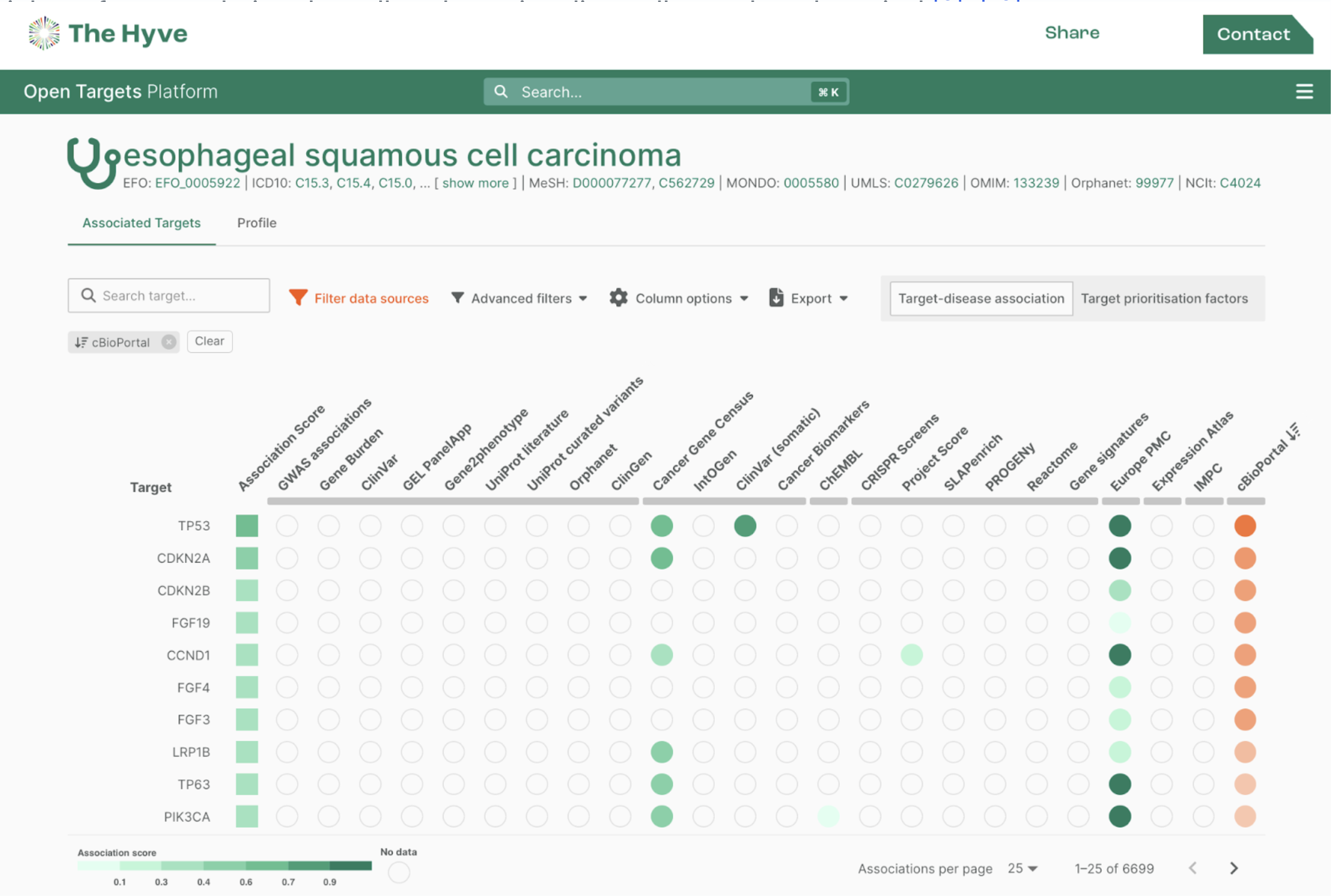Accessing and sharing healthcare data are critical steps for enabling data-driven medicine and scientific discoveries. Globally, the COVID–19 pandemic has emphasised the need for cross-sectoral reuse of data and underlined challenges related to privacy rights, data sharing, reuse, and storage of data. For example, blockages in data access can arise from data privacy and digital security constraints, or from reluctance to share data. Such blockages can lead to data gaps and fragmented approaches that make governing health data in different contexts complex. Following a global consensus on Health Data Governance can provide effective solutions for responsible and secure collection, sharing, and use of data. This way, with the ultimate goal of helping patients, researchers, epidemiologists, and public institutions can unlock the full potential of health data while ensuring data quality and keeping the data secure.
What is Data Governance?
Data governance is the process organisations use to manage and protect data throughout its lifecycle. Organisations need to plan how they use data to ensure security and compliance, guarantee data quality, and improve business performance.
Data governance is critical in healthcare due to the large volumes of data generated. The collected data generally contains personal and privacy-sensitive information. Standardisation and compliance with the core components of Data Governance ensure that medical and patient data is collected, used, shared, and published responsibly.
What are the pillars of Data Governance?
1. Data access policies
It is essential to establish policies and security procedures about how data is used within an organisation. Ideally, stakeholders determine the conditions under which organisations will share patient data, medical images or human tissue before starting collection. The data access policies should include GDPR or HIPAA regulations. They should be defined in a separate data access policy document or as a part of the project or consortium agreement. For already collected data (‘secondary use’) it is crucial to assess which information should be provided for the subjects and whether consent is required.
2. Defining data management and data access roles
By providing data access roles, the organisation can ensure that data is only accessible to users that need to use that data.
3. Data mapping
Data should be findable, accessible, reusable, and interoperable (FAIR). Having easily findable and accessible data allows users to have a better understanding of the data within the organisation.

What is the difference between Data Governance and Data Management?
Data Governance is the establishment and oversight of strategic plans and programs (quality assessment) related to organizational data, whereas Data Management is the execution of these plans and programs (quality improvement) in accordance with the procedures established by a Data Governance council.
How is The Hyve supporting good Data Governance practices?
The Hyve helps organizations set up good Data Governance practices by FAIRyfing data and creating standardized, interoperable pools of big data. Some key solutions offered by The Hyve for processing and mapping data are OHDSI and FAIR Data Management services. These activities help organizations unlock their data’s full potential, leading to insights that can be used for higher quality data-driven clinical decision-making.
Feel free to contact us to inquire how The Hyve’s advisors can help implement data solutions and services tailored to your business needs.


